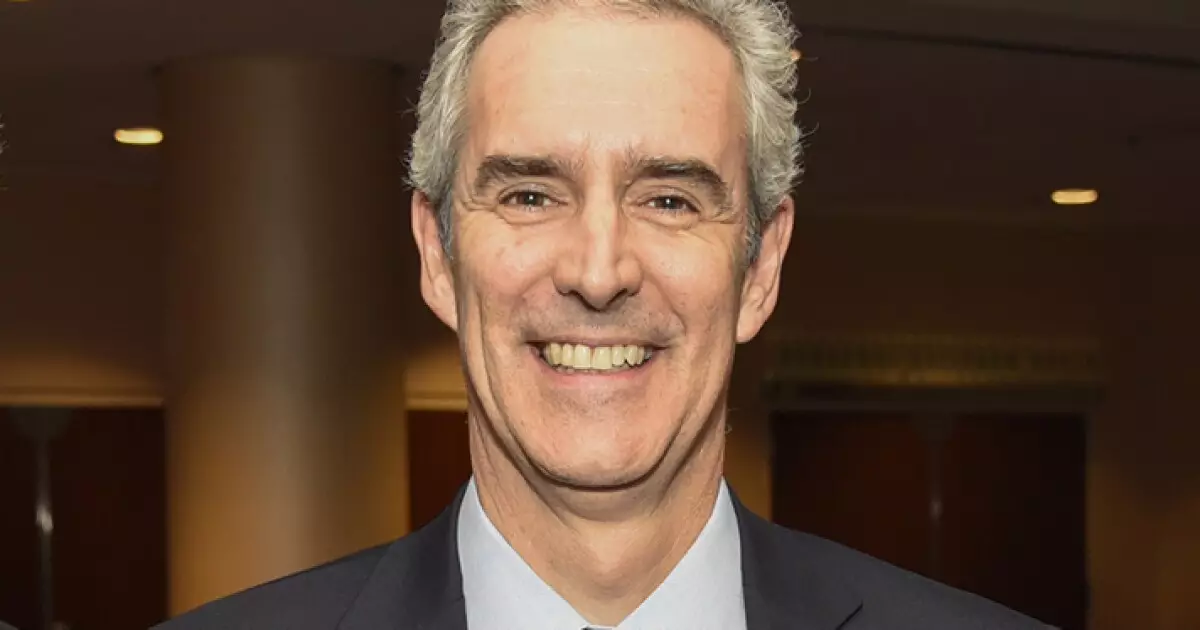The landscape of municipal bonds is currently experiencing a significant resurgence, with many experts predicting that this momentum will extend beyond the impending November elections. The recent infrastructure conference held in Philadelphia highlighted this optimistic outlook, with panelists discussing the record levels of issuance this year and noting that favorable economic conditions are likely to sustain this trend. Industry leaders like Paul Creedon from Janney Montgomery Scott LLC emphasized the extraordinary nature of the current year, arguing that the momentum felt towards the end of 2023 reflects a broader return to business priorities across the sector.
The anticipated “run rate” for municipal bond supply through the year could reach an impressive $470 billion, a figure that suggests robust demand and continued activity even in the face of potential election turmoil. Creedon’s assertion that this trend would likely continue well into 2024 challenges the historical norm, where issuers have often slowed down their operations during election seasons. This underlying positivity may stem from a shift in mindset among investors and issuers alike, who appear to have adjusted to new market realities.
August 2023 witnessed a record high for bond issuance, indicating an exhilarating period of growth for the market. Upcoming schedules predict that municipal bond offerings could exceed $20 billion shortly, thanks in part to recent interest rate cuts by the Federal Reserve. This increase in issuance is not just a passing phase; it represents a fundamental normalization of market conditions reflective of broader economic adjustments. Rob Dailey from PNC highlighted how expectations of sustained higher rates, along with the resolution of previous supply chain issues, have paved the way for an upsurge in new municipal deals.
Moreover, the construction market in the United States is reportedly highly competitive, with labor shortages creating additional challenges. John Medina of Moody’s noted that while construction costs have slightly moderated since their post-pandemic highs, project expenses remain elevated, primarily due to constrained labor availability. “The U.S. construction market is the hottest in the world,” he stated, underscoring a significant factor affecting the pace and costs of infrastructure projects.
The impressive 27% increase in new-money issuance compared to last year indicates a robust appetite for funding infrastructure projects. Additionally, the combined growth of new-money and refunding issuance—around 80%—is particularly noteworthy. Creedon highlighted the variety of mechanisms now available to issuers, such as tender offers and Build America Bonds. The broadening of the yield curve has made available more sophisticated funding structures, such as floating-rate notes, enhancing the financial toolkit for local governments and agencies.
As we move forward, the landscape of municipal bonds is expanding beyond traditional infrastructure projects. Panelists noted a notable shift toward innovative areas such as broadband development, clean energy initiatives, and affordable housing projects. This diversification represents not only a response to current market demands but also a strategic move to ensure long-term sustainability and growth.
For investors, the sustained strength of the municipal bond market signifies an opportune moment to reassess portfolios. The combination of record-setting issuance, innovative financing tools, and the expansion into new infrastructure sectors positions municipal bonds as a potentially attractive asset class. The continuing emphasis on infrastructure development, along with a more flexible approach to project financing, enhances the prospects for returns.
However, while the outlook remains positive, investors must carefully consider the inherent risks associated with the current market dynamics. The interplay between rising interest rates, construction costs, and labor shortages may introduce volatility that could impact future returns. Nonetheless, the overall optimism registered by industry leaders and the anticipated innovation within the sector suggest that municipal bonds will remain a critical investment opportunity as they evolve to meet contemporary needs.
Municipal bonds are entering a new era marked by remarkable growth and innovative development strategies. While historical patterns may suggest caution due to the approaching elections, the prevailing sentiment indicates that the momentum is likely to continue, driven by fiscal priorities and strategic investments in the nation’s infrastructure.

